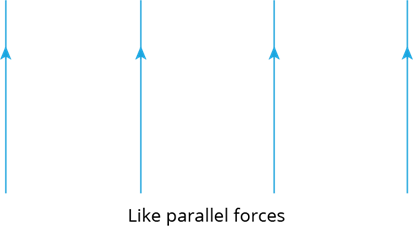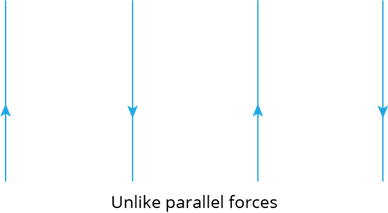
PUMPA - SMART LEARNING
எங்கள் ஆசிரியர்களுடன் 1-ஆன்-1 ஆலோசனை நேரத்தைப் பெறுங்கள். டாப்பர் ஆவதற்கு நாங்கள் பயிற்சி அளிப்போம்
Book Free DemoIn the previous section, we have discussed inertia and its types.
In this section, we will discuss Newton's First Law of motion and the basics of force.
Isaac Newton (a \(17th\)-century scientist) put forth various laws that describe why objects move (or don't move) as they do. These laws have become known as Newton's three laws of motion. The focus of this section is Newton's first law of motion - sometimes referred to as the law of inertia.
Newton’s First Law:
It states that every body remains in its state of rest or the state of uniform motion along a straight line unless some external force acts upon it.
Newton's first law provides the definition of force as well as inertia.
Force:
Force is an external effort in the form of push or pull.
- It produces or tries to initiates the motion of a static body.
- It stops or tries to stop a moving body.
- It changes or tries to change the direction of motion of a moving body.
Force has both magnitude and direction. So, it is a vector quantity.
Types of forces, depending on the direction in which it acts, they can be classified into two types:
- Like parallel forces and
- Unlike parallel forces
Like parallel forces:
Two or more forces of equal or unequal magnitude acting along the same direction, parallel to each other, are called Like parallel forces.

Unlike parallel forces:
If two or more equal or unequal forces act along with opposite directions parallel to each other, they are called Unlike parallel forces.
